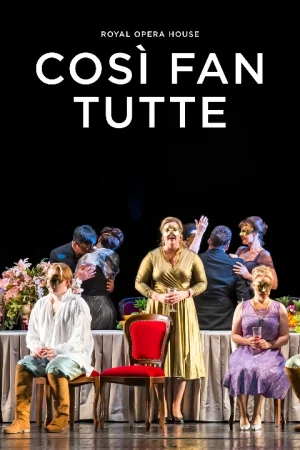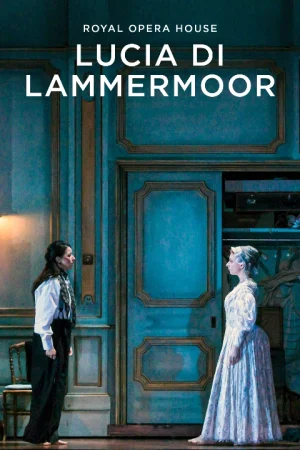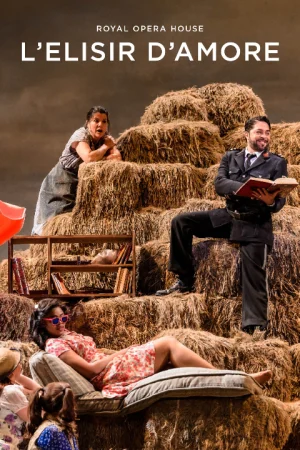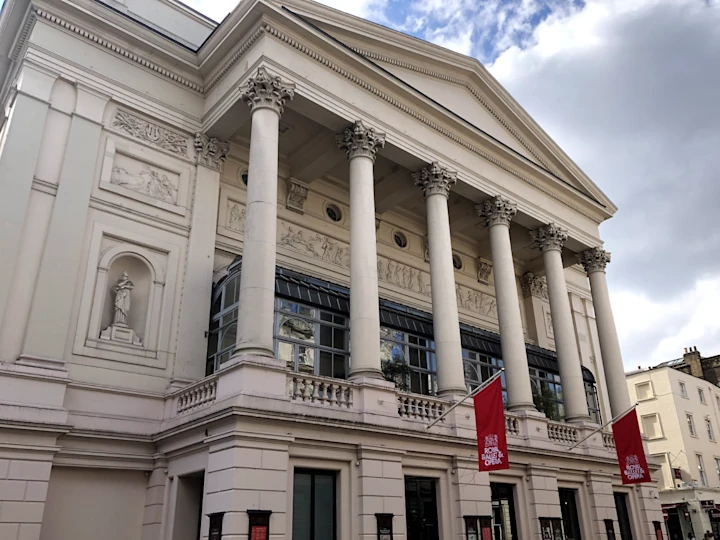
Royal Opera House

All events at Royal Opera House

Jenufa
Jan 15 - Feb 1, 2025
Onegin
Jan 22 - Feb 25, 2025
Aida
Jan 28 - Feb 12, 2025
Festen
Feb 11 - 27, 2025
Light of Passage
Feb 20 - Mar 12, 2025
Il trovatore
Feb 26 - Mar 22, 2025
Turandot
Mar 19 - Apr 19, 2025
Carmen
Apr 9 - Jul 3, 2025Royal Opera House location and directions
Royal Opera House
Directions
Location: West End
Railway station: Charing Cross
Bus numbers: (Aldwych) RV1, 6, 11, 13, 23, 59, 68, 87, 171, 172, 188, X68
Night bus numbers: (Aldwych) 6, 23, 188, N11, N13, N26, N47, N68, N87, N89, N155, N171, N551
Car park: Drury Lane, Parker Street (7mins)
Directions from tube: (3 mins) The Royal Opera House is off Covent Garden piazza, which is visible from the tube station exit. There is a revolving door entrance at the piazza.
About Royal Opera House
The Royal Opera House opened in 1858. The building was previously destroyed twice by fire (once in 1808 and again in 1856). It was originally named the Theatre Royal Covent Garden.
The Opera House assembled its own in-house opera company, and premiered Purcell's The Fairy Queen in December 1946 in association with the ballet company. The Covent Garden Opera Company’s first operatic production after the Second World War was Carmen in January 1947.
The building was extensively renovated in the late 1990s to update the facilities to meet the demands of modern productions and the advances in technology, and a smaller auditiorium (the 400-seater Linbury Studio) was built to house experimental productions and give new artists and new works a performing ground.
Royal Opera House Seating Information
The auditorium has five levels – Orchestra Stalls, Stalls Circle, Grand Tier, Balcony and Amphitheatre.
The upper four levels are designed in a horseshoe design around the Orchestra Stalls and can feel rather removed from the stage. Boxes, lower and upper tier slips line the sides of the auditorium, but can offer side-on, restricted views.
Royal Opera House seating plan
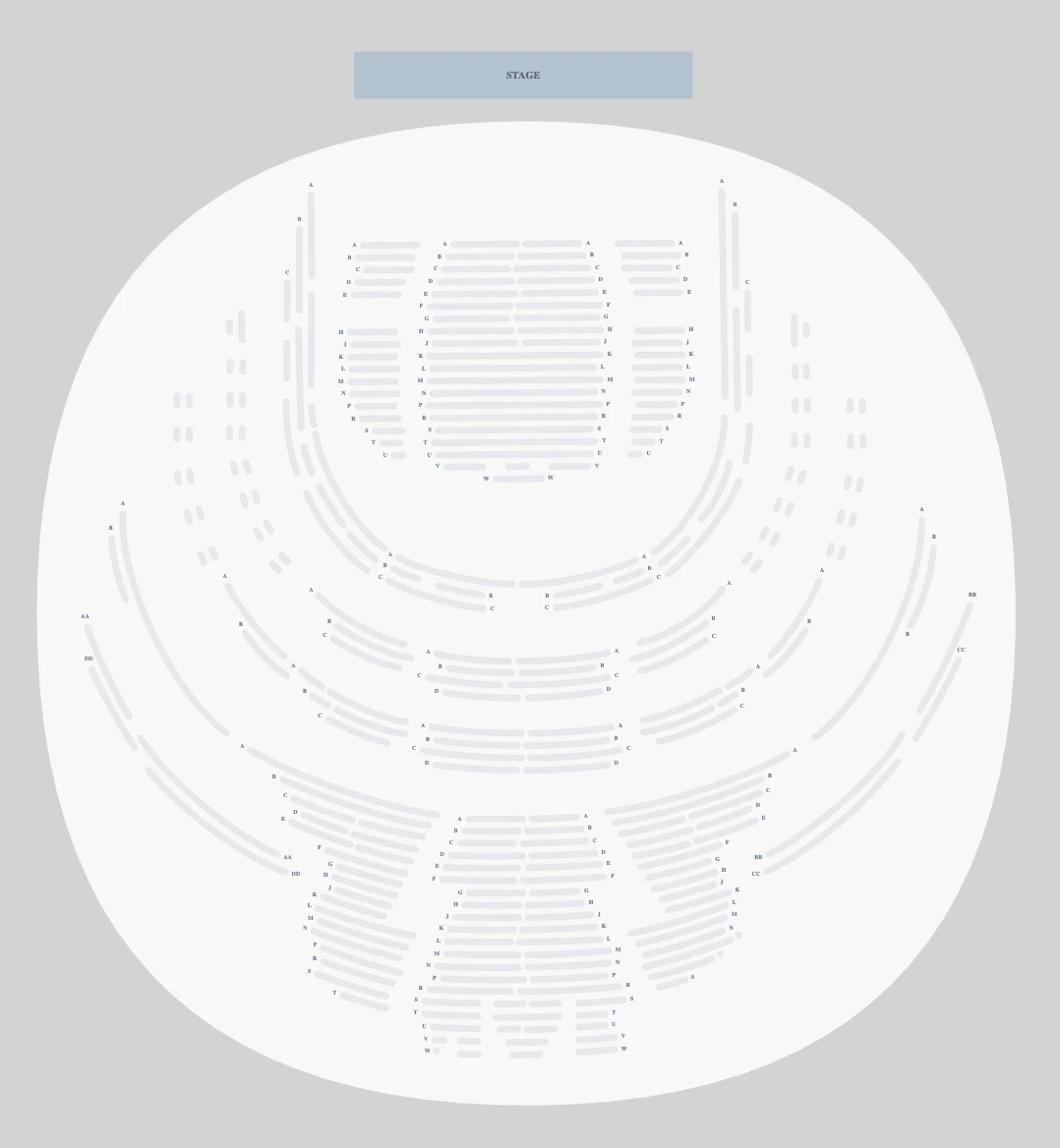
Past events at Royal Opera House
Subscribe to our newsletter to unlock exclusive London theatre updates!
- Get early access to tickets for the newest shows
- Access to exclusive deals and promotions
- Stay in the know about news in the West End
- Get updates on shows that are important to you
You can unsubscribe at any time. Privacy Policy










